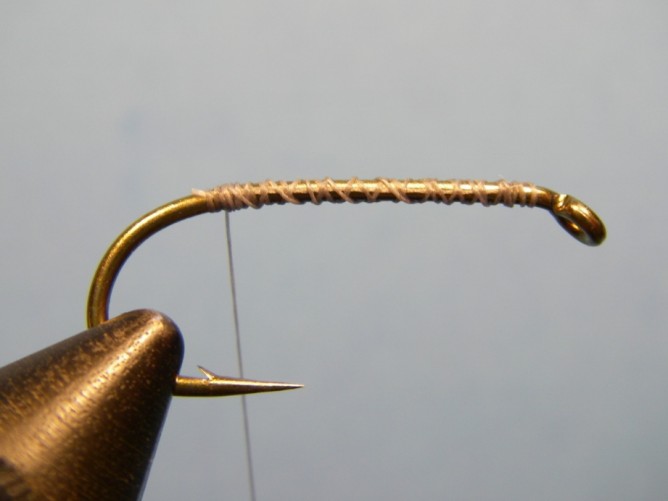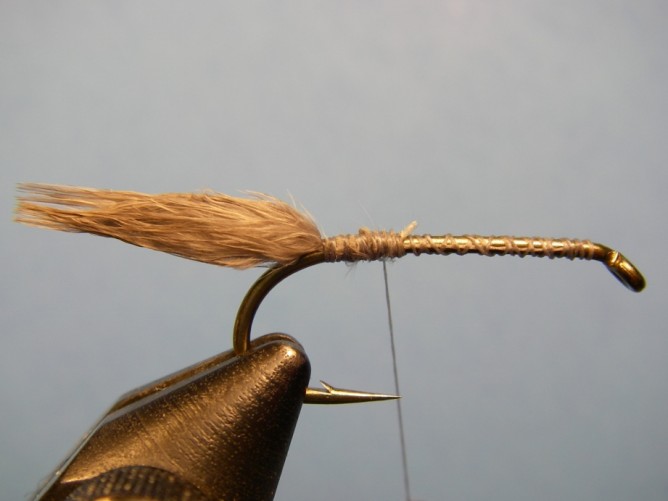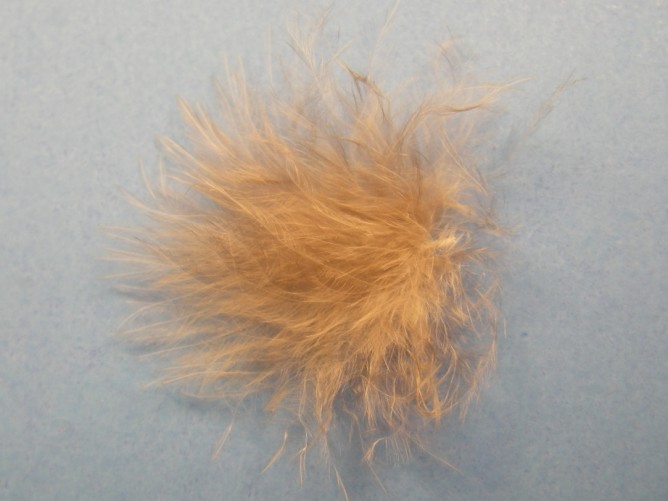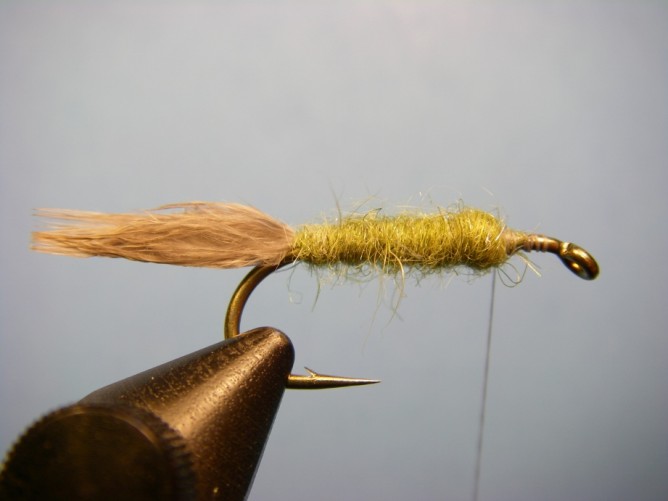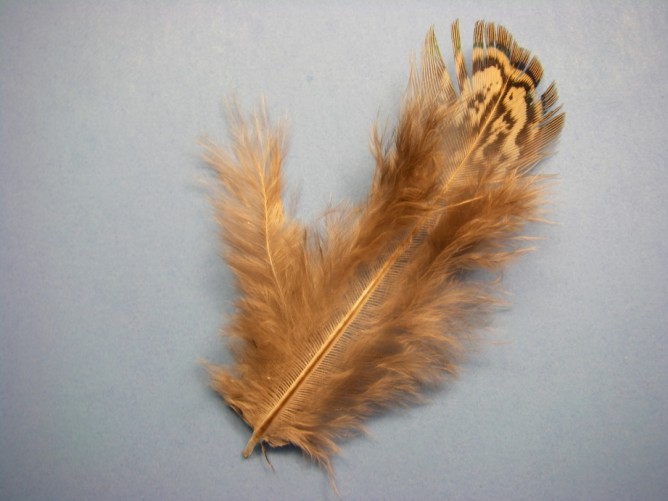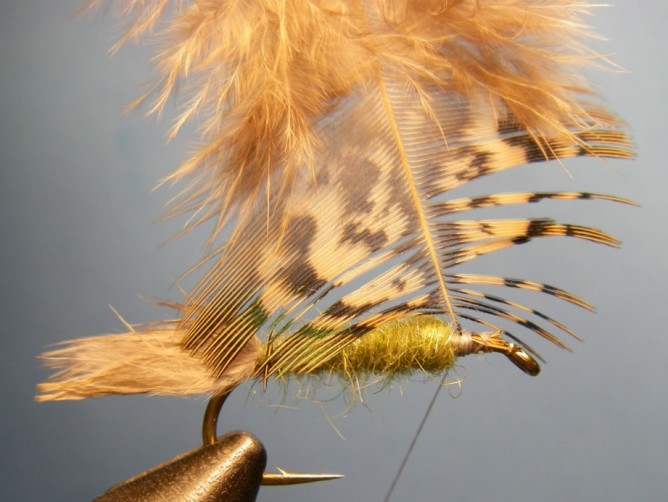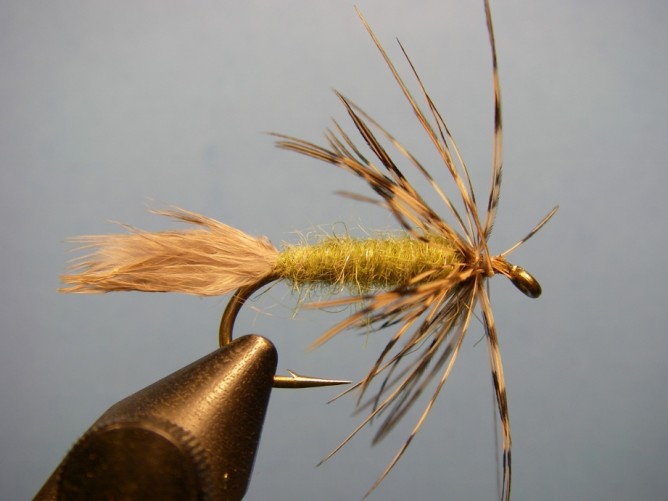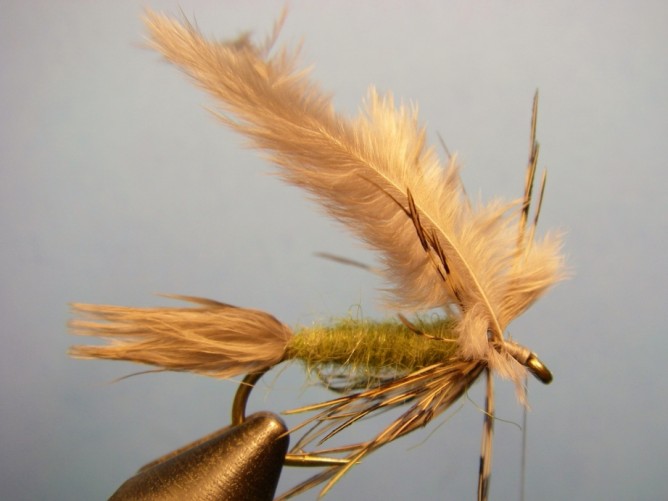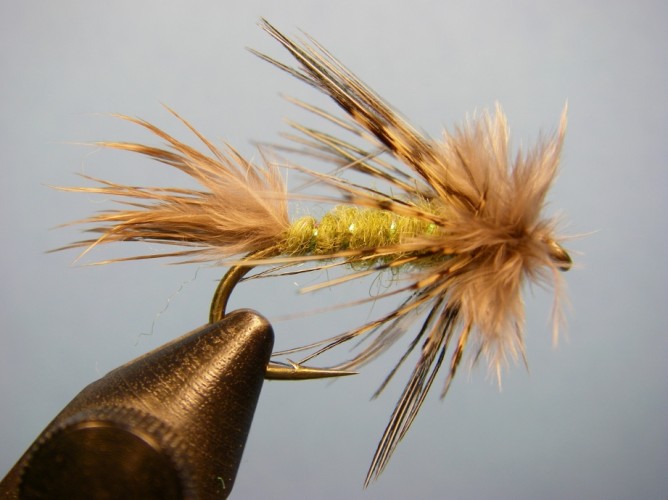The higher water from run-off and some rain showers brought in fresh steelhead and invigorated those already in the Manistee and Betsie to move around. With a stain to the water, fish were happy and moving along those soft bubble lines towards the sections of rivers with spawning gravel as they prepare for why they come into the river. It was a good week to be out fishing.
Water temps have been hovering around 40 degrees but the cold weather of the weekend should keep things at that temperature or below, encouraging most fish to sit in holding water until things get a little warmer before the spawning really kicks in.
Egg patterns were favored with bolder colors standing out in the opaque coloration of the water. When the sun did peek out, smaller and more subtle egg patterns and nymphs seemed to work better. On days that are mixed with both clouds and sun, try a large egg and a mid-sized nymph like a hex or larger stonefly to cover both lighting situations.
Just a reminder that new fishing license are required April 1. New regulations on many of the local rivers have a harvest limit of 1 steelhead to help bolster natural reproduction and fish populations. All guide trips continue to be 100% catch and release.
Good luck.
Ted
May Days – The month that offers so much variety for a number of species. <<More info>>
Match the Hatch – Late May and June offer dry fly anglers some of the best trout fishing of the year.
Fall Steelhead – Some good dates remain available in October, November and into December.

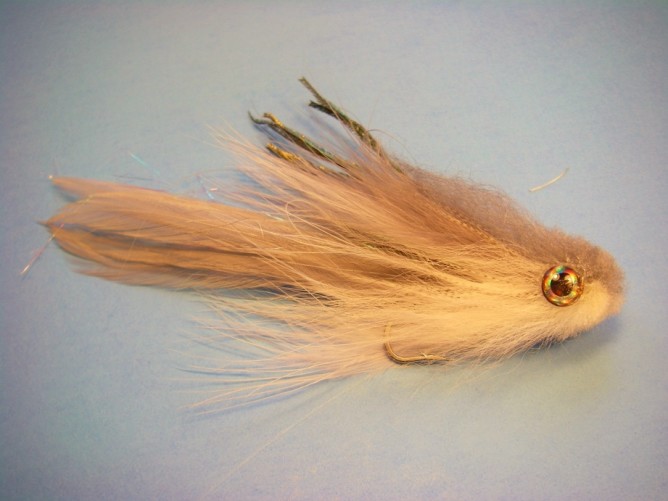
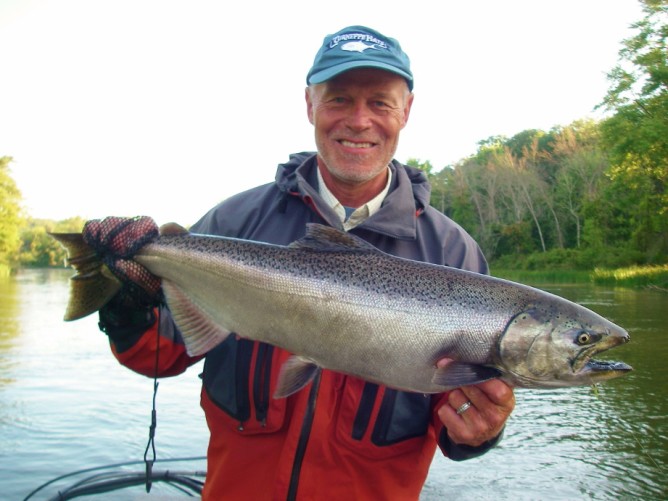
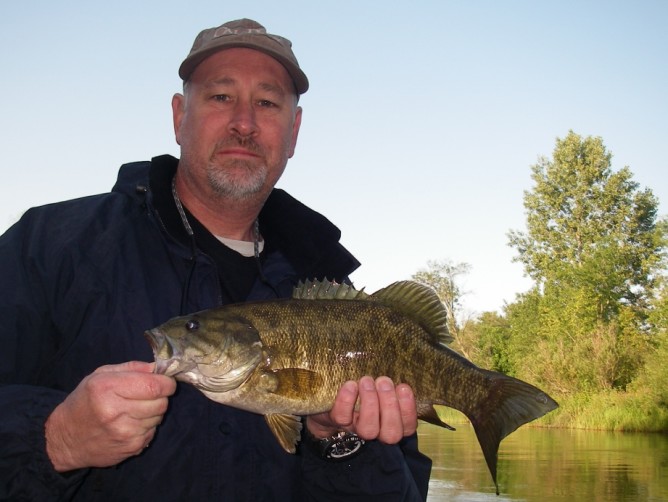
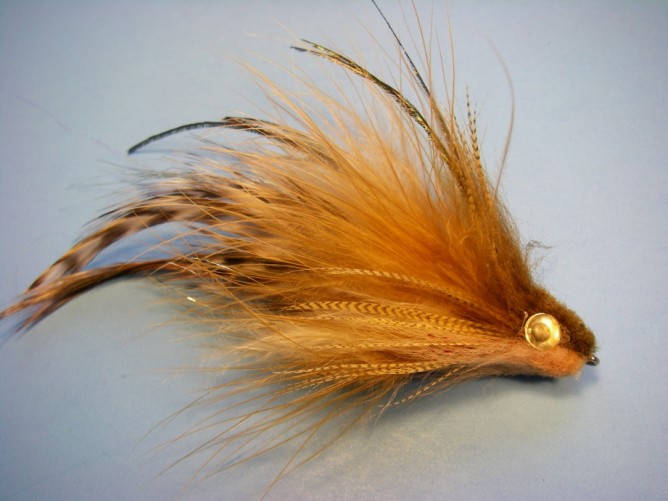 Hook: Mustad S74SNP #1
Hook: Mustad S74SNP #1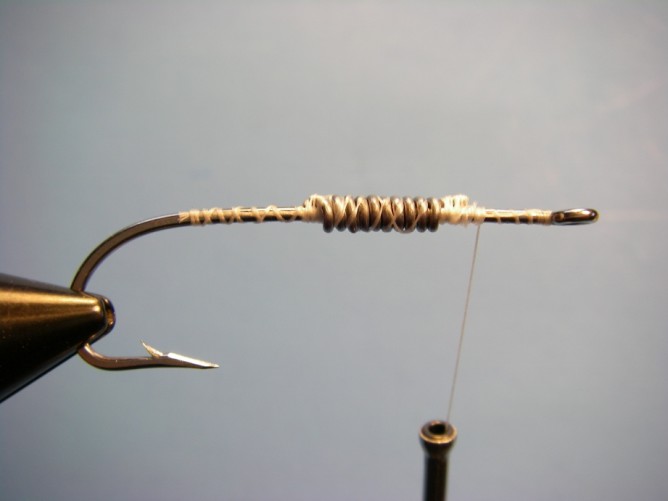
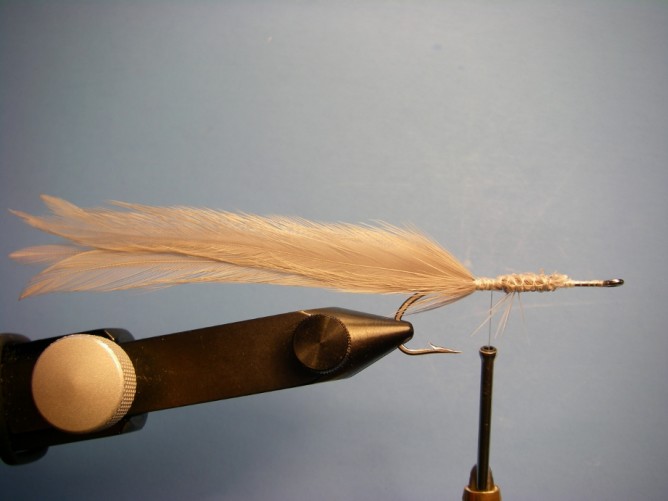
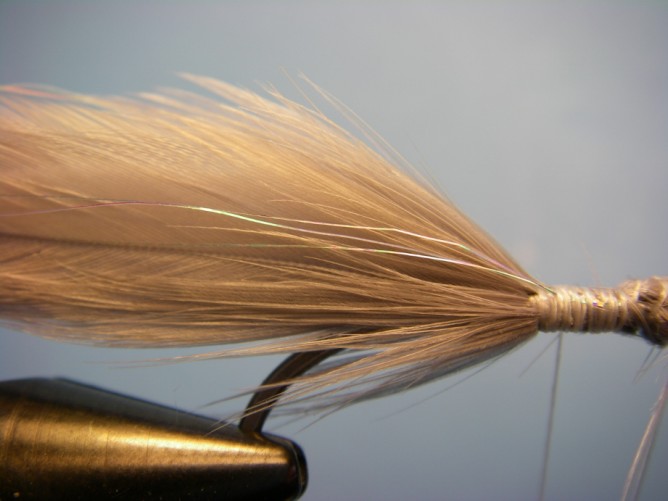
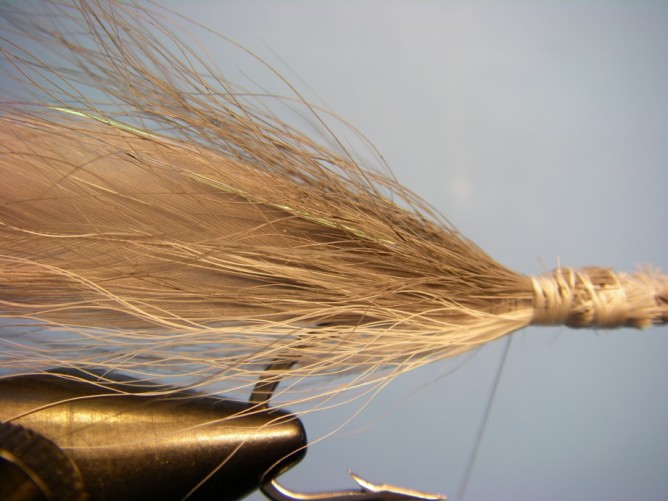
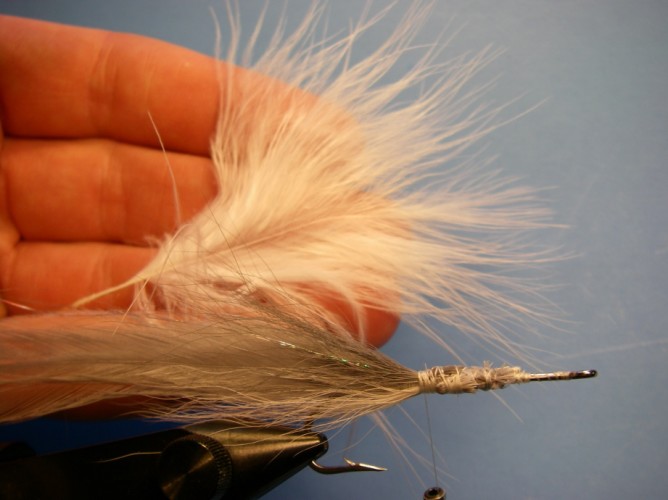
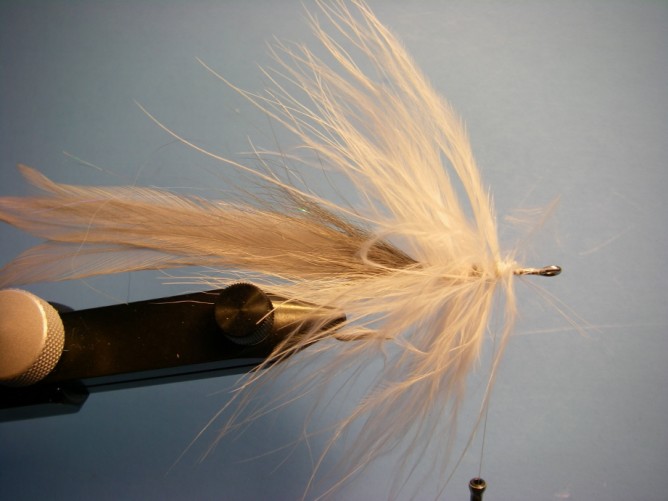
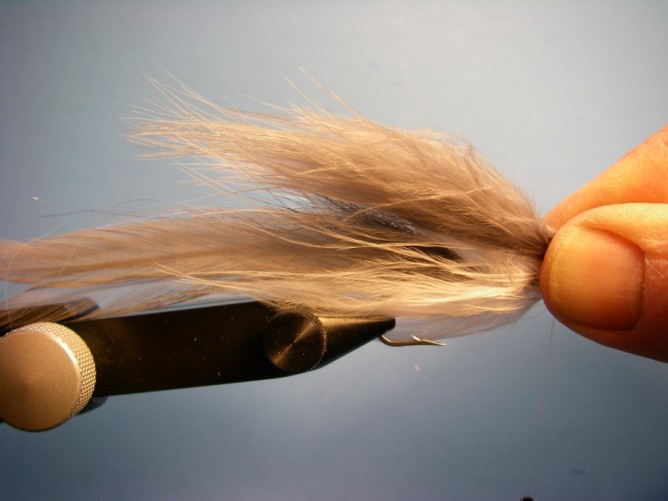
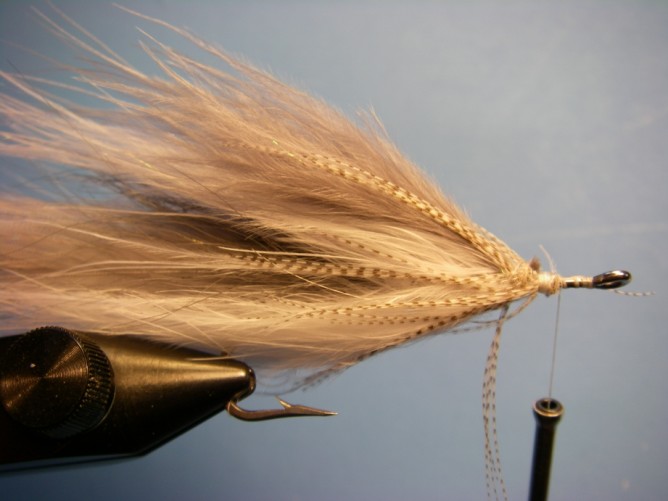
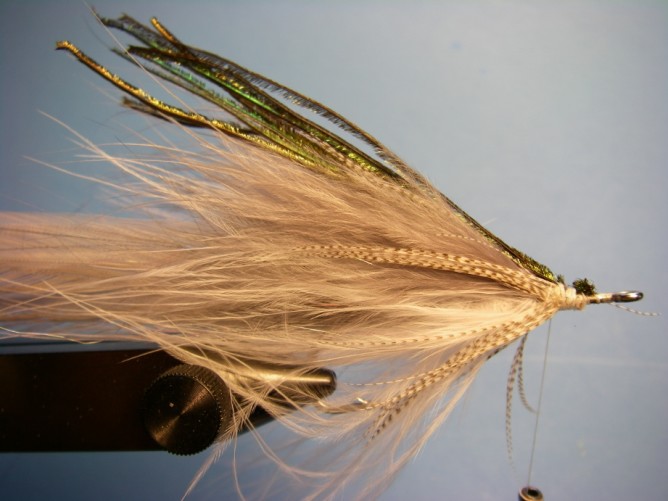
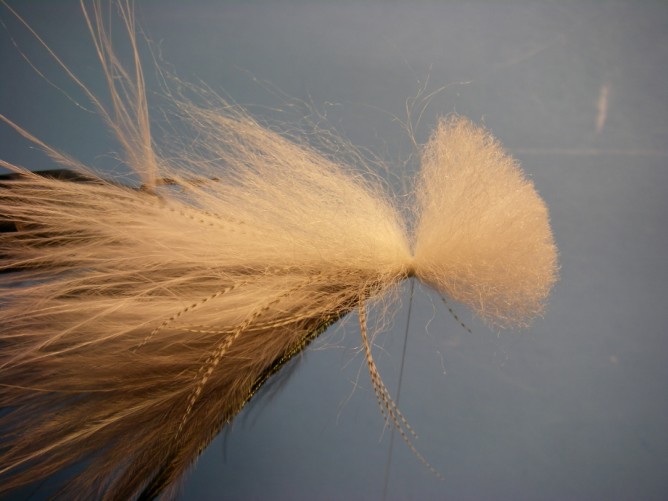
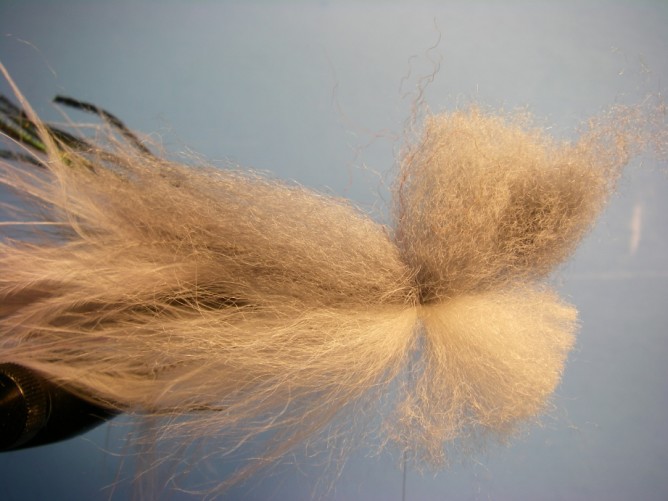
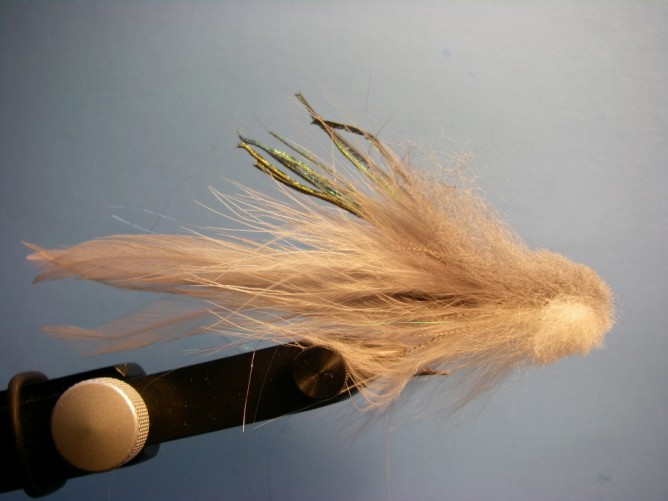
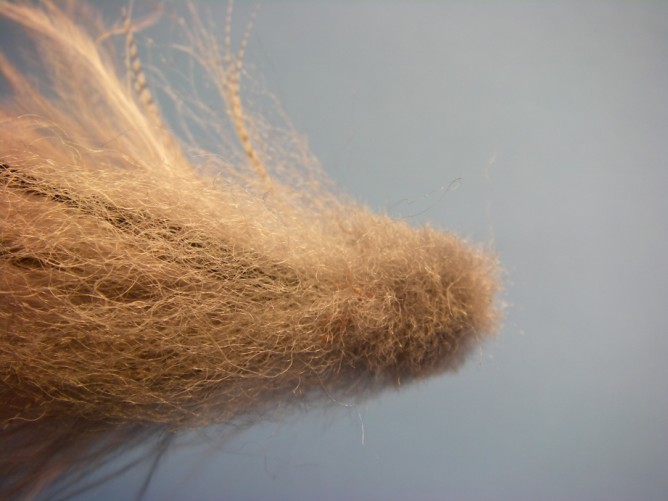
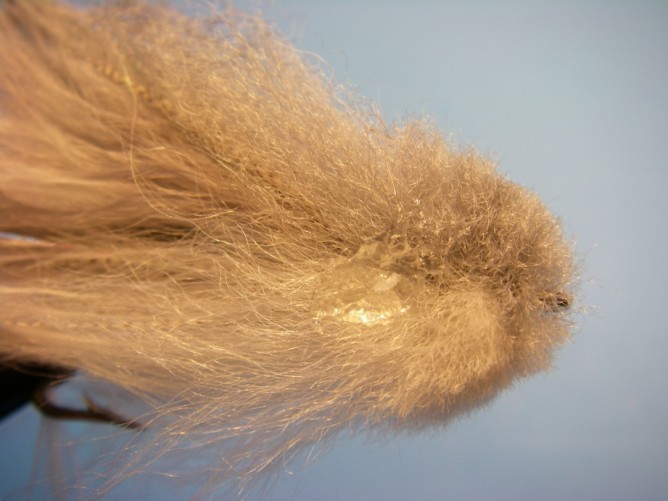
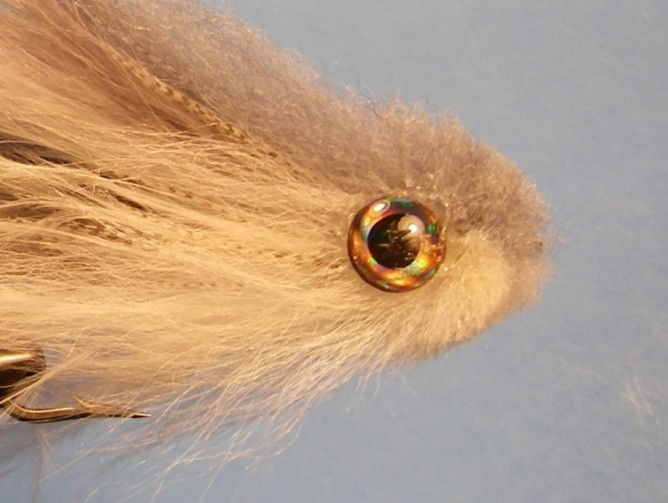
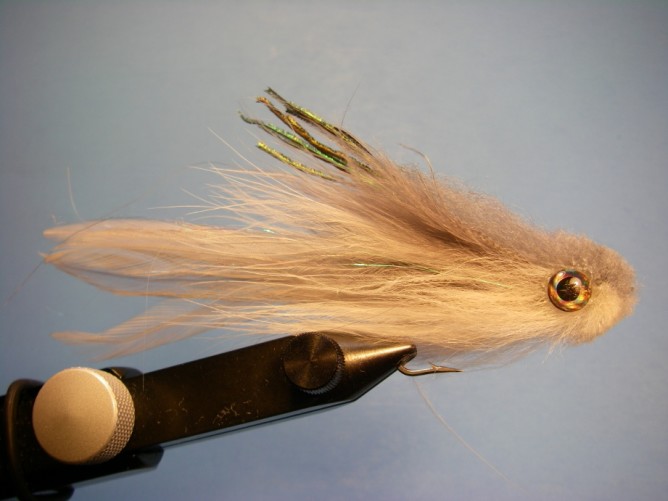
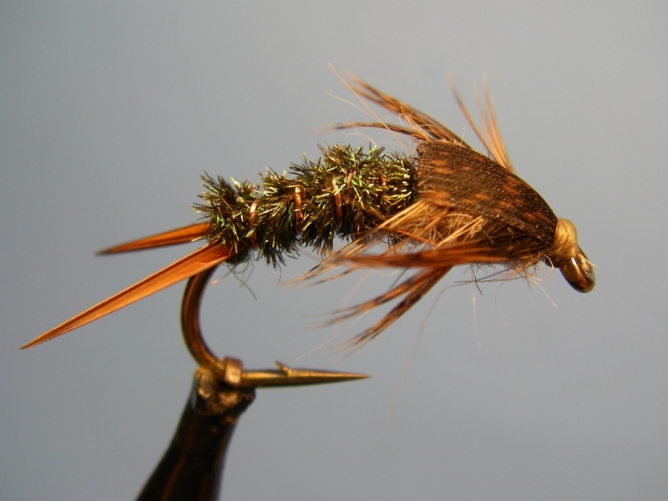
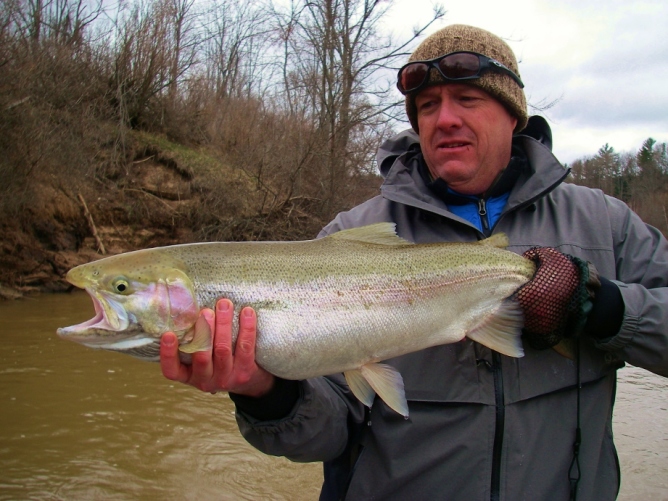
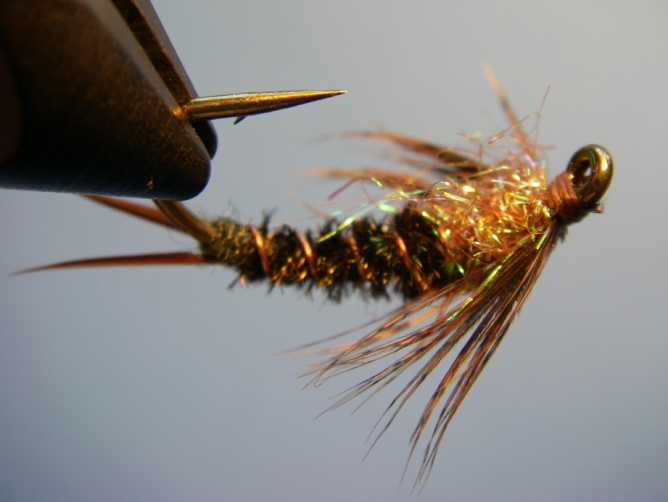 Recipe
Recipe
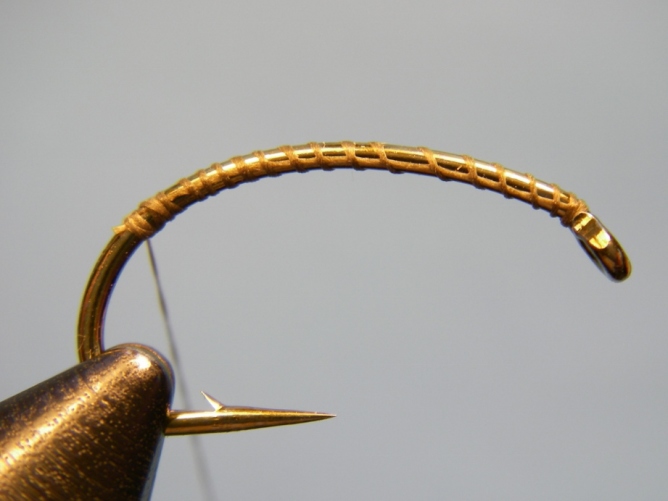
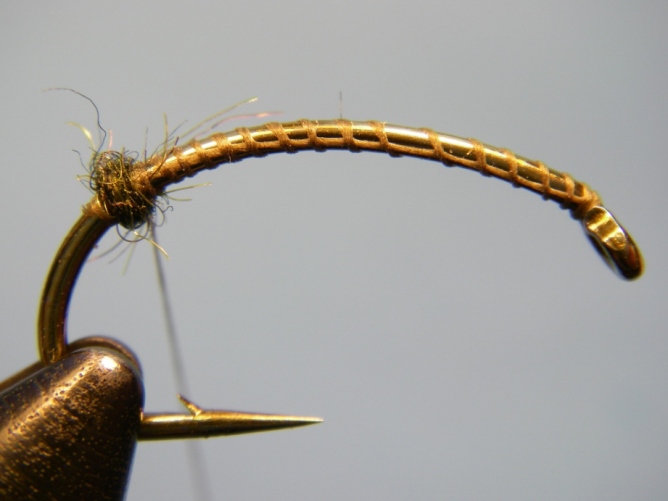
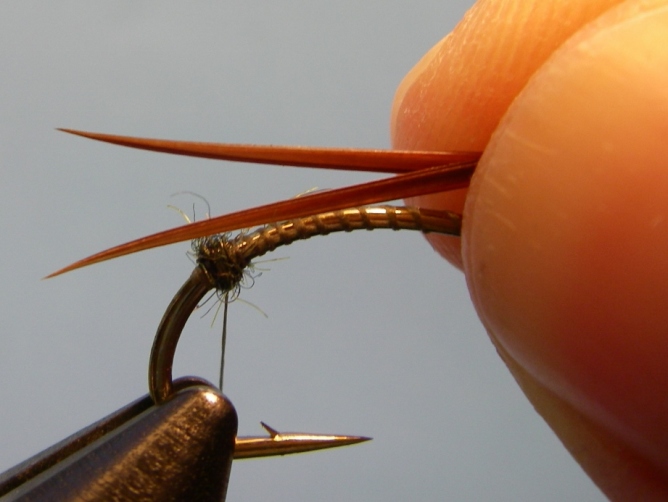
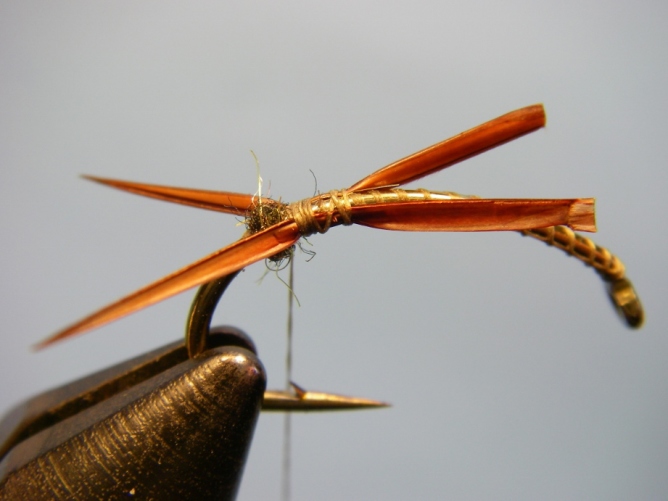
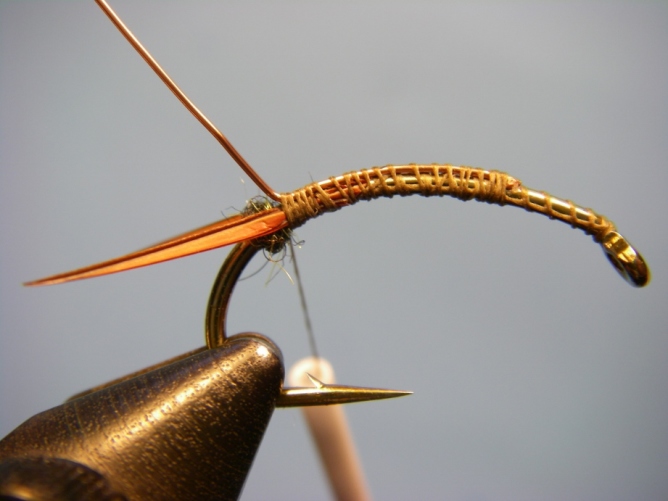
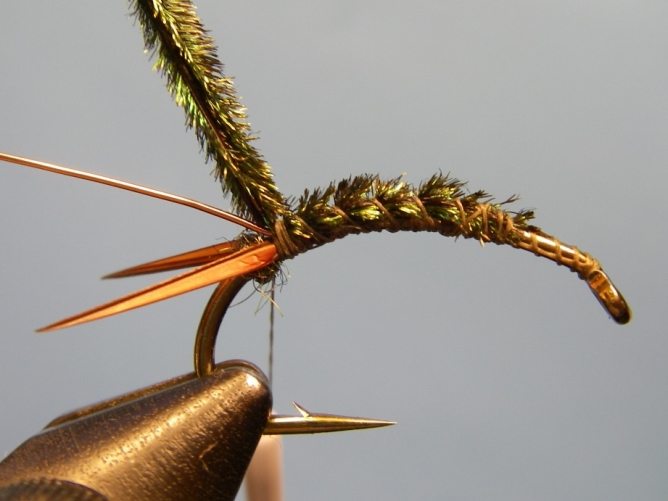
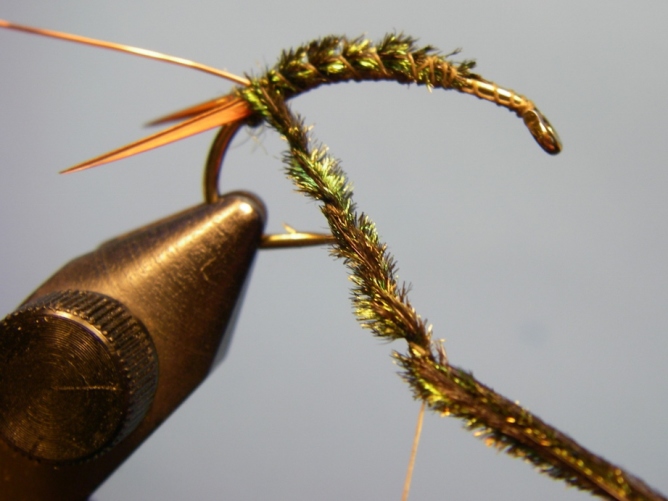
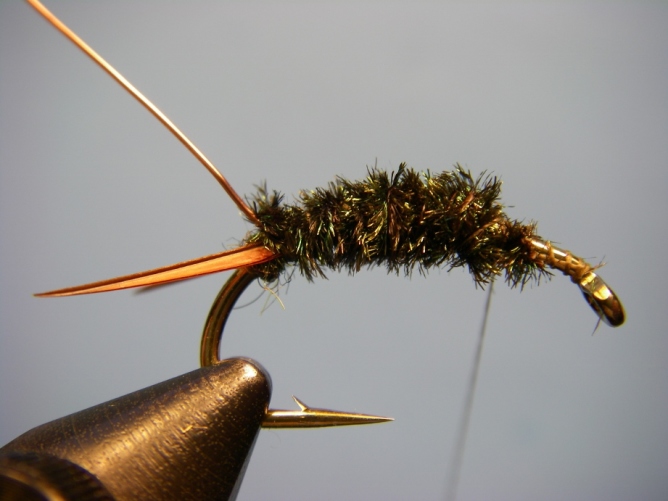
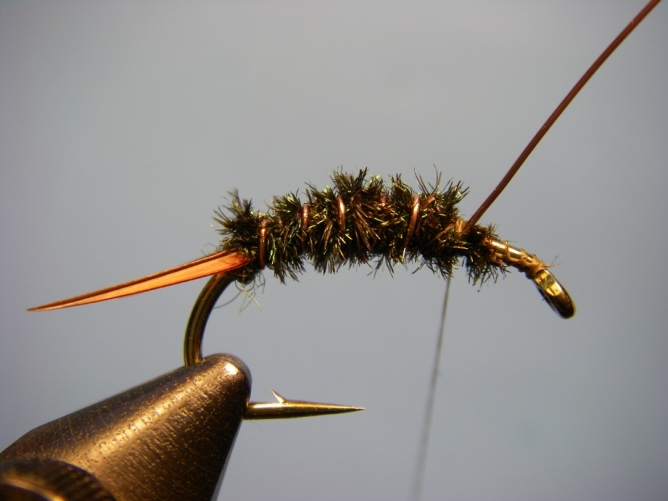
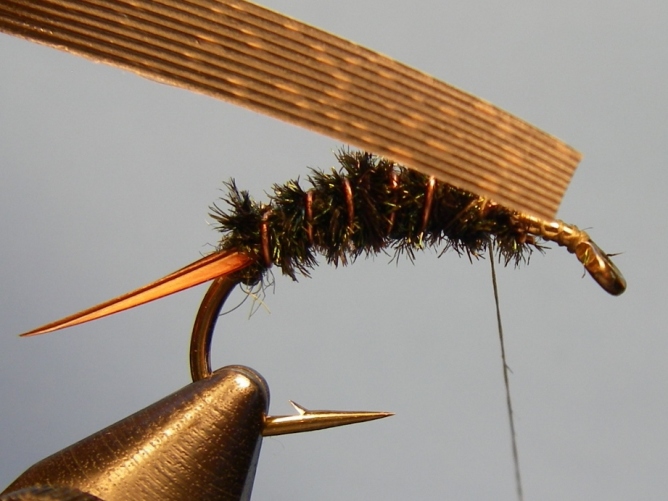
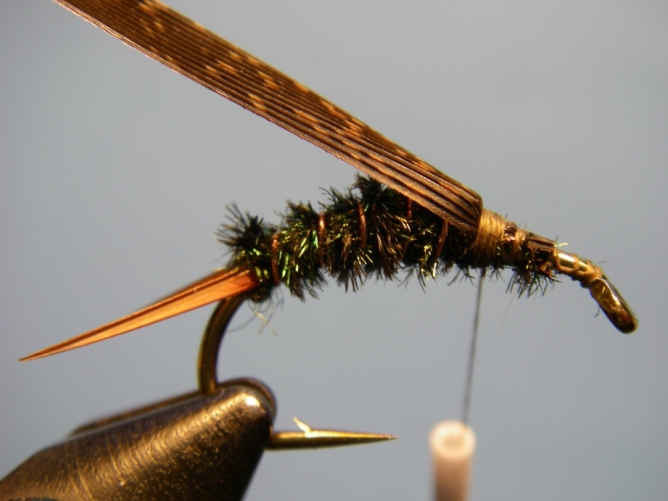
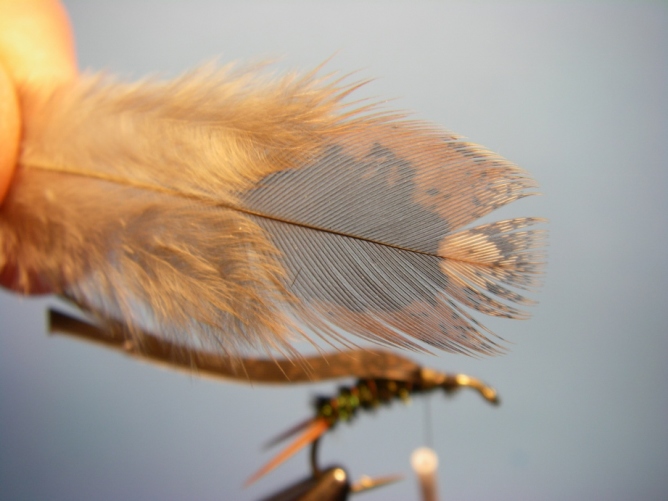
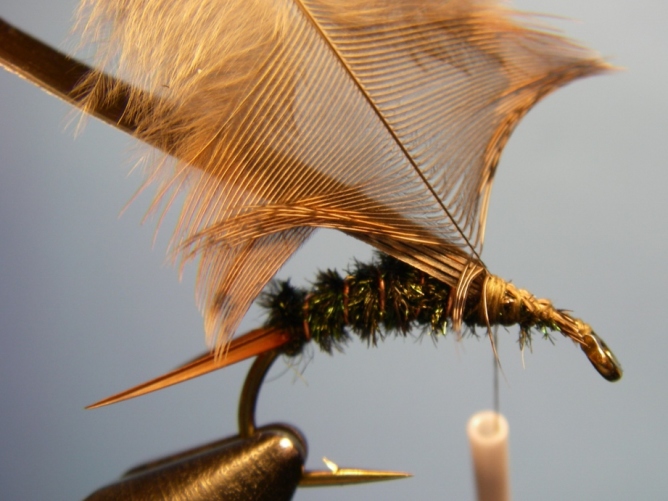
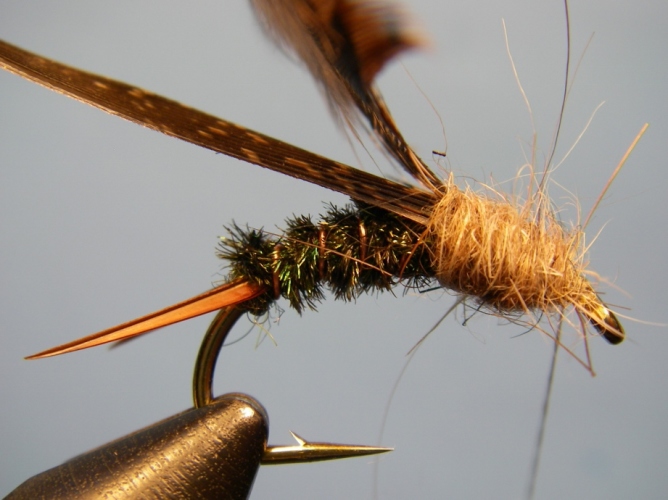
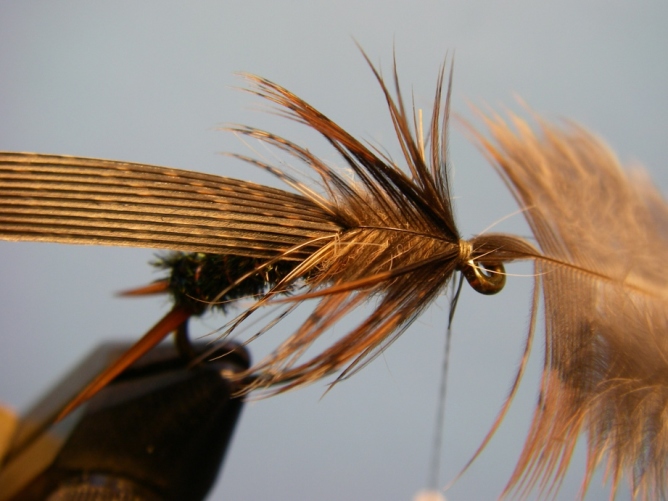
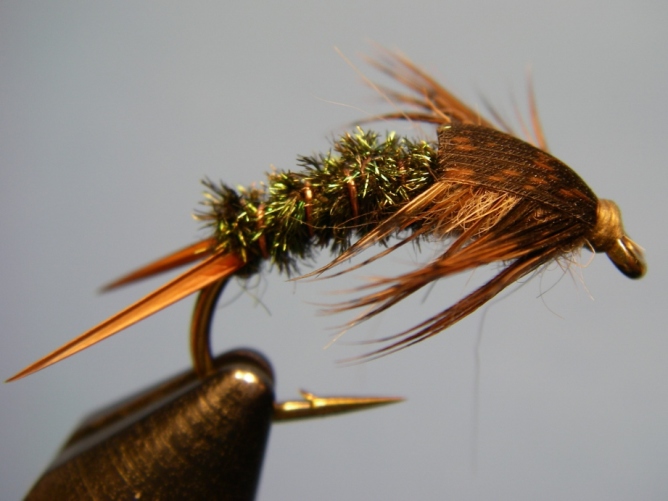
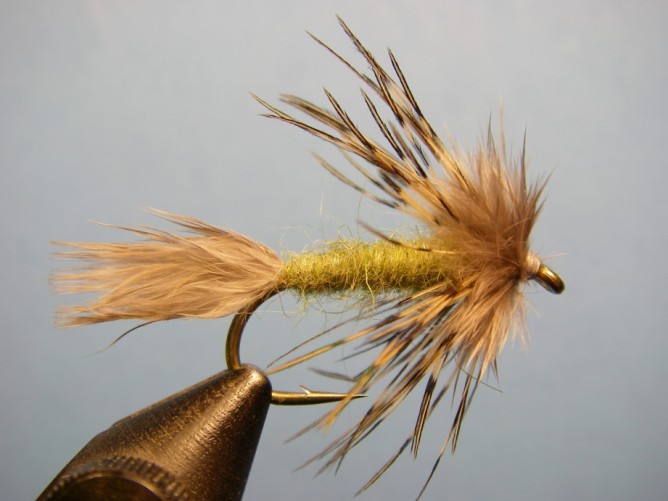
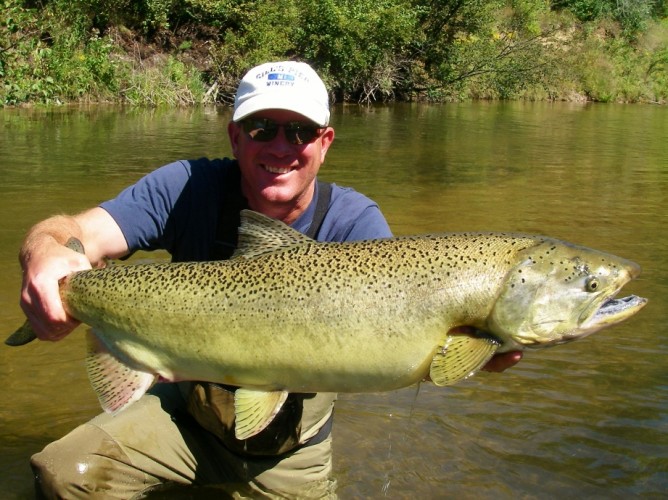
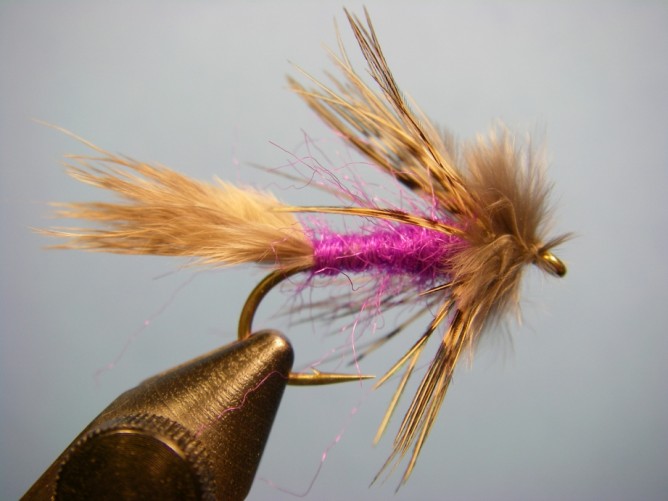 Recipe:
Recipe: